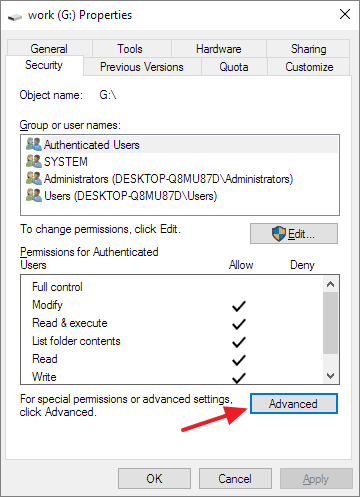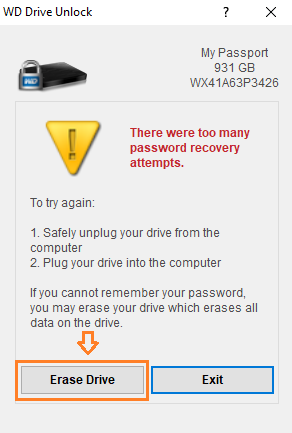
- WD MY PASSPORT FOR MAC IS SAYING WD UNLOCKER HOW TO
- WD MY PASSPORT FOR MAC IS SAYING WD UNLOCKER INSTALL
- WD MY PASSPORT FOR MAC IS SAYING WD UNLOCKER PASSWORD
- WD MY PASSPORT FOR MAC IS SAYING WD UNLOCKER WINDOWS
I have no experience with partitioned external drives, so I know not if this could suggest that they are actually two separate physical units (something "hacked" in the SATA-to-USB controller, maybe?) or it is just me unable to properly erase the hard drive and forget about that damn VCD. One strange thing I noticed is that even when the drive is unmounted, I have the option to mount separately the virtual CD and the drive itself. I tried with both fdisk and parted, but I may have done something wrong.
WD MY PASSPORT FOR MAC IS SAYING WD UNLOCKER PASSWORD
What satellite does is automatically unlock your password protected.

WD MY PASSPORT FOR MAC IS SAYING WD UNLOCKER WINDOWS

Whenever I plug this device into a computer, there is a virtual CD unit that pops up called "WD Unlocker", and I'm trying to remove it physically, instead of just hiding it (I found many guides on this, and by the way none of them worked). The devs make it clear that this opens up your Mac to potential exploitation, so this step is not for the faint of heart.I have a WD My Book (3TB storage, USB 3), and just like many other enthusiast owners of this external drive, I'm trying to get rid of their crapware. There are some warnings about security on the project site you can check out the steps to enable it on the developer's GitHub page. You can boot your Mac into single-user mode and replace the built-in Mac NTFS tools with NTFS-3G. If you don't want to run these commands each time, there's a fix. Sudo /usr/local/bin/ntfs-3g /dev/disk1s1 /Volumes/NTFS -o local -o allow_other -o auto_xattr -o auto_cache Replace /dev/disk1s1 with the drive address that you found above: You need to run the following commands each time that you want to mount a drive with write permissions. You can get this in the Terminal using the command: You need to run a few extra commands to get it working.įirst, find the address of your mounted read-only drive. NTFS-3G enables your Mac to write to NTFS drives, but it is not automatic.
WD MY PASSPORT FOR MAC IS SAYING WD UNLOCKER HOW TO
How to Write to an NTFS Drive With NTFS-3G Once you've done that, try re-running the NTFS-3G command. You'll then be prompted to reboot your Mac. If that happens, run this command as well:

Sometimes Terminal doesn't recognize that you have already installed the macFUSE package.
WD MY PASSPORT FOR MAC IS SAYING WD UNLOCKER INSTALL
Once you run the commands to install Homebrew, and you get a confirmation in Terminal, you need to install the NTFS-3G package. You'll need a couple of extra tools to complete the job, available in a Mac Homebrew package called NTFS-3G.įirst, install Homebrew by pasting this line into the Terminal: The program is a handler it doesn't contain anything to mount and read the files themselves. One of the most popular solutions is an open-source product: macFUSE for macOS.ĭownload macFUSE to get started. If you're in IT and deal with Windows drives regularly, you may need a better option. You'll see your drive listed here, and you can now copy files onto it.Įven if you're comfortable using Terminal, no one wants to edit a preference file every time they deal with a new drive. You can only get there in Finder click Go in the menu bar and select Go to Folder. Once it has remounted, it will be available in /Volumes. Hit Ctrl + O to save the file, then Ctrl + X to quit Nano. LABEL=DRIVENAME none ntfs rw,auto,nobrowse Then copy this line into the file, replacing DRIVENAME with the actual name of the drive you want to access: You need to follow these instructions for each drive you want to write to. But while macOS can read NTFS drives by default, its write capability hides behind a Terminal hack. Sometimes you may need to write some files to a locked drive only once, and you can do this with built-in Mac tools. We recommend you do not rely on this method for writing to important volumes or as a long-term solution. There is a very real chance that something could go wrong, resulting in a loss of data on the target drive.

Warning! The following steps describe a method of enabling the experimental NTFS support in macOS.


 0 kommentar(er)
0 kommentar(er)
